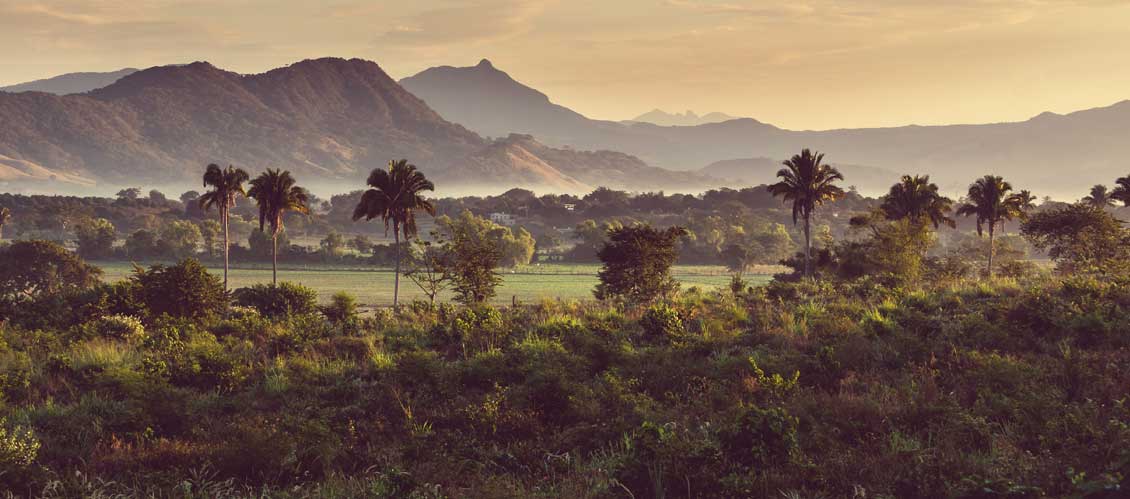
Sorts and Regions
Each coffee tastes different. To find out which coffee or coffee blend which one tastes the best, one must - try! A small overview of the various regions and the flavors of the different varieties can help to facilitate the search for "his" coffee.

